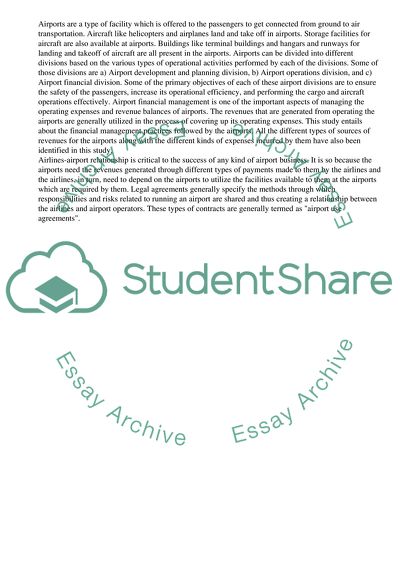Cite this document
(“Two Approaches to Airport Financial Management Term Paper”, n.d.)
Two Approaches to Airport Financial Management Term Paper. Retrieved from https://studentshare.org/business/1780908-airport-operations-and-financial-management
Two Approaches to Airport Financial Management Term Paper. Retrieved from https://studentshare.org/business/1780908-airport-operations-and-financial-management
(Two Approaches to Airport Financial Management Term Paper)
Two Approaches to Airport Financial Management Term Paper. https://studentshare.org/business/1780908-airport-operations-and-financial-management.
Two Approaches to Airport Financial Management Term Paper. https://studentshare.org/business/1780908-airport-operations-and-financial-management.
“Two Approaches to Airport Financial Management Term Paper”, n.d. https://studentshare.org/business/1780908-airport-operations-and-financial-management.


